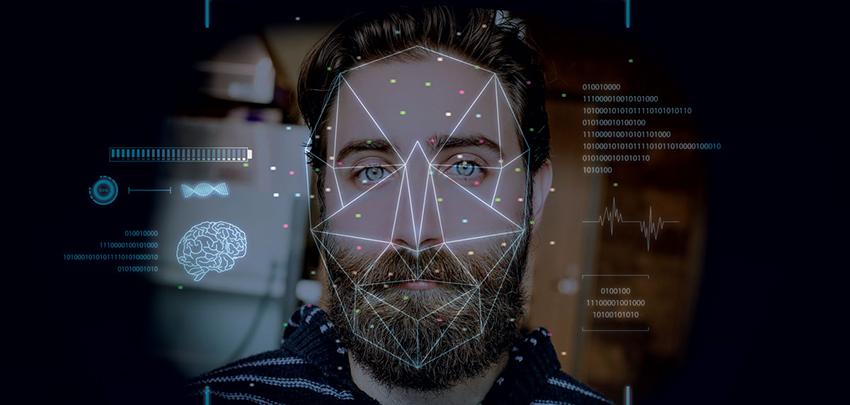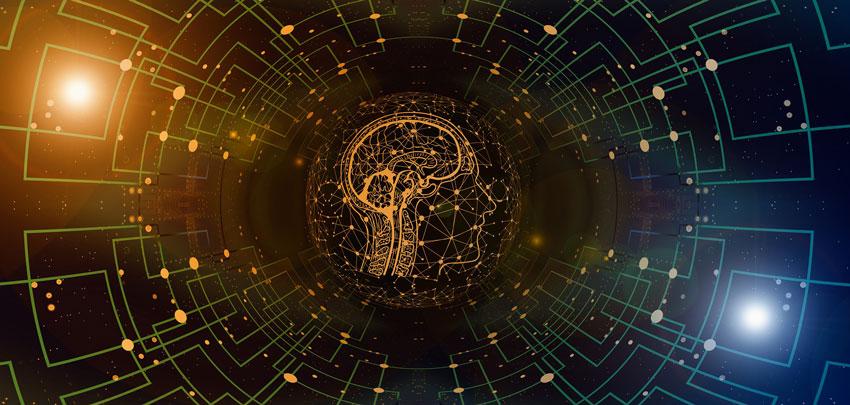Technological innovation is today at the heart of sustainable development. An area of particular interest is that of Computer Vision.
This branch of Artificial Intelligence shows great potential. We can define it as the element that makes machines / computers capable of seeing, classifying and processing visual data as humans would.
Machine Learning at the base of Computer Vision
In the previous article on Image & Video Recognition we went into detail on how thanks to machine learning it is possible to teach a machine to recognize objects in a video or in an image.
To better understand the concept, let’s think of the computer as a baby who sees objects, but still doesn’t know how to classify and recognize them. Adults will have to teach the child that a four-legged being is an animal. However, this one feature is not enough. In fact, even a chair or table usually has four legs. In addition, there are different types of animals. The child will not initially recognize all the differences, but with experience he will learn to classify information correctly.
Now let’s think about how complicated it can be to build algorithms that simulate the learning process. At the heart of machine learning there must be a huge set of labeled data, for the computer to be able to recognize new similar images and to classify them to return useful information. Furthermore, it is essential that the Computer Vision algorithm carries out experiments and is trained.
Computer Vision and Sustainability
The evolution of technologies such as Computer Vision will have an important impact on the way we live.
When we talk about sustainable development we have to take into account three areas that intertwine and influence each other:
- Economy
- Society
- Environment
These are joined by that of Digital as a potential support for sustainability.
Let’s see some examples of how Computer Vision can help:
- Research, diagnosis and prevention of diseases
- Traffic monitoring, infrastructure maintenance and more efficient infrastructure projects
- Monitoring of fires, floods and storms
- Increasing the efficiency of public and private security
- Monitoring and planning of food production
This technology offers us the opportunity to work more efficiently and effectively, positively impacting the economy, society and the environment.
Why start from Green Data
As long as it comes to theory it all seems simple. Today there are devices with already integrated Artificial Intelligence, capable of returning useful information starting from visual data.
But what about all those less up-to-date devices?
They represent most of the devices in use. One solution might be to replace the old with the new. At what cost? With what environmental impact?
Have old devices really become obsolete?
Let’s think about surveillance cameras. As long as they stay on, they collect data. The problem is that this data doesn’t automatically become useful information. In case of need, human operators are put to monitor the video streams for hours. We understand that it is not the smartest way to optimize resources.
The key to solving this problem lies in Green Data. It starts from the assumption that in order to be digitally compatible, efficient and sustainable it is necessary to operate upstream, through the right method of data collection. Only in this way will we have structured, classified and usable data for correct cataloging for the purpose of analysis and strategies. This is an “intelligent sieve” that we place whenever the data is not cataloged according to a logic of Heuristic Intelligence.
From Green Data to Artificial Intelligence
To better understand, let’s imagine ourselves in a library looking for a book. The librarian will be able to show us the shelf where to take it only if the object has already been cataloged. Otherwise, I will not be able to take the book I am looking for even if it is physically present in the place where I am looking for it.
We look at Heuristic Intelligence as the register where all the books in the library are cataloged. Green Data comes into operation when new data arrives to be classified. Not all of them will be complete or useful, so Green Data will act as a filter before delivering the data to the Heuristic Intelligence. Only then can they be processed by Artificial Intelligence. In other words, the zero point of the Heurstic Intelligence lies in the use of Green Data.

Returning to the subject of Computer Vision and video cameras, therefore, the solution could be to install Image & Video Recognition software, capable of collecting data, classifying it and returning information. Thus, on the one hand, we would avoid considering those devices without Artificial Intelligence obsolete and having to replace them; on the other hand, that of wasting human resources on activities that a computer can easily perform, directing the work of people into roles with greater added value.
Pragma Etimos Solutions
Pragma Etimos offers Computer Vision solutions tailored to customer needs. This is because we strongly believe that it is not human work that must adapt to technology, but that it must be designed and optimized for human needs.
License plate search: entering a license plate number in the search field enables the video analysis background processing function. Should a vehicle with the license plate in question be intercepted, the frame where it was intercepted will be displayed in the interface and an image file with the same information will be written for an accurate subsequent check.
Object search: You can start a search for objects (vehicles, scooters, animals, etc.). Selecting the object search enables the video analysis background processing function. In the meantime, the software will continue to search for the object in other frames.
People search: it is possible to identify groups of people and individuals in real-time. Should the requested person or group be intercepted, the frame where they were intercepted will be proposed in the interface and will be written to an image file with the same information for an accurate subsequent check.
Face analysis: starting from a face, it returns information on a person’s age, gender and emotion. It is also able to compare two faces and understand whether or not they are the same subject.
MORE TO EXPLORE …

BIOMETRIC IDENTIFICATION: FACE RECOGNITION AND FACE COMPARISON
Biometrics is increasingly used for the identification and authentication of a person through Face Recognition and Face Comparison technologies. Facial biometrics acquires a face from an image or video and transforms it into digital data based on the facial features:…

IMAGE & VIDEO RECOGNITION: AI THAT EXTRACTS VALUE FROM VISUAL DATA
There are more and more Artificial Intelligence solutions that allow machines to understand visual data. In particular, we can define that branch of AI that replicates the functions of the human visual apparatus such as Computer Vision. An example is Image & Video…

